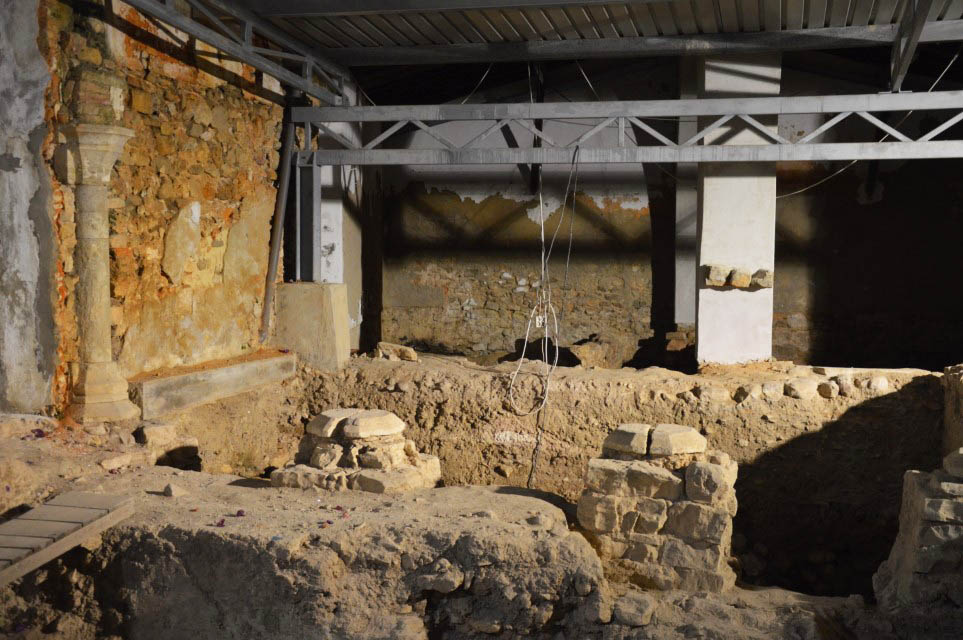The Islamic Baths (or hamman) Loulé, the most complete building of its kind existing in the Iberian Peninsula, will become a national monument, after the procedure leading to this classification was published this Tuesday, 9 October, in Diário da República.
Ao Sul Informação, Vítor Aleixo, Mayor of Loulé, welcomed this step that will allow the Islamic Baths to have a greater degree of protection and «notoriety».
“I've always fought for this. This is excellent news and a great asset even for the entire Algarve because there is no complex like our Islamic Baths in Portugal», he considered.
The estimated time until this classification is approved is one year, but the Loulé municipality wants to try to shorten this period.
"Our expectation is that approval will take place in April, at the time of Monuments and Sites Day", explained Vítor Aleixo.
The date is not by chance: it is that the Chamber of Loulé wants, also in that month, to inaugurate the musealization works that it has been carrying out in the Islamic Baths since March 2020.
"The contract is almost completed and going very well", according to the mayor, which makes him foresee that it could be ready in April of next year.
Despite the «greater responsibility» that classification as a national monument will bring to the Loulé municipality, Vítor Aleixo sees this step as «important».
"There, we will be able to tell our story and make it known to residents, children and tourists", he considered.
The Islamic Baths of Loulé are a public complex from the end of the period of Islamic occupation of the Algarve (they probably operated between the XNUMXth and XNUMXth centuries), having been occupied in the XNUMXth century as housing.
The ongoing works aim to enhance both the Baths and the archaeological remains of the noble house from the end of the XNUMXth century and the medieval and modern walls, even making the existing turret visible on the Bicas Velhas side.
Like the Sul Informação did it work, at first hand, the functional organization of the spaces will include a reception/atrium, exhibition space, space for educational services and outdoor leisure area, in addition to the museum area, which will have information on the route of the visit.
Organized on the ground floor, the space for the baths should remain delimited by the structures that remain from the XNUMXth-century noble house.
The project will include four distinct areas: the entrance area, with a bench where visitors can have a break before or after visiting the nucleus, and the interior entrance that articulates the reception with three specific areas, respectively the museum spaces , the room for educational services and the center of restrooms.
There will also be a third area, consisting of the exhibition room, complemented with a set of information about the Islamic baths, the manor house, the wall-tower set and, finally, a fourth complementary space, consisting of the backyard, ie. , an outdoor area where movie screening is planned.
The musealization work of the Islamic Baths (or hamman) will have an innovative component: a 3D survey that will give the visitor the possibility of getting to know the complex as it was.




















Comments